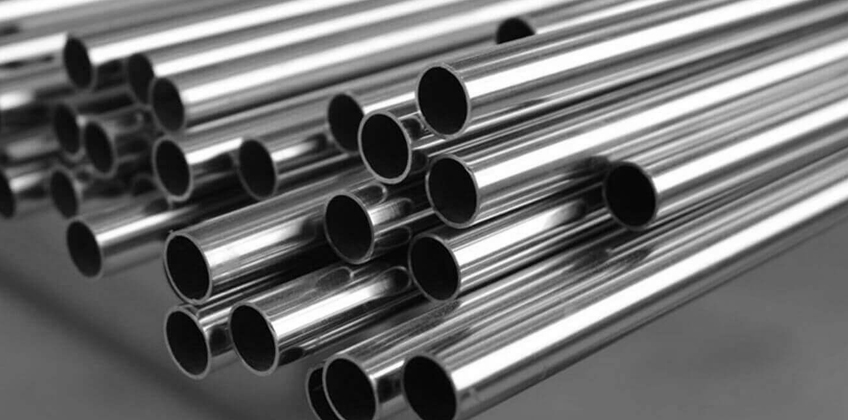Stainless steel 316 is a grade of stainless steel that is highly corrosion-resistant and commonly used in various applications, including pipes and tubes. The corrosion resistance of stainless steel 316 pipes and tubes is due to the presence of a chromium content of at least 16% and a molybdenum content of at least 2%, which enhances its resistance to corrosion.
Stainless steel 316 is often used in harsh environments, such as marine, chemical, and industrial settings, where exposure to corrosive substances is common. The alloy’s ability to resist corrosion is attributed to the formation of a passive layer on the surface of the metal when exposed to oxygen. The passive layer is a thin layer of chromium oxide that forms spontaneously on the surface of the metal, which protects it from further corrosion.
However, the passive layer may be disrupted or damaged by mechanical wear, exposure to high temperatures, or prolonged exposure to acidic or alkaline environments. In such cases, the corrosion resistance of the stainless steel 316 pipes and tubes may be compromised.
To maintain the corrosion resistance of stainless steel 316 pipes and tubes, it is important to clean and maintain them regularly. This includes removing any surface contaminants, such as dirt or grime, and avoiding exposure to harsh chemicals or abrasive cleaning agents that can damage the passive layer. Additionally, it is essential to use the correct grade of stainless steel 316 for the specific application and to ensure that the pipes and tubes are properly installed to prevent corrosion due to mechanical stress or damage.
In conclusion, the corrosion resistance of stainless steel 316 tubes and pipes is an essential property that makes it a popular choice for various applications. Proper maintenance and care are necessary to maintain its resistance to corrosion and ensure long-term performance.

